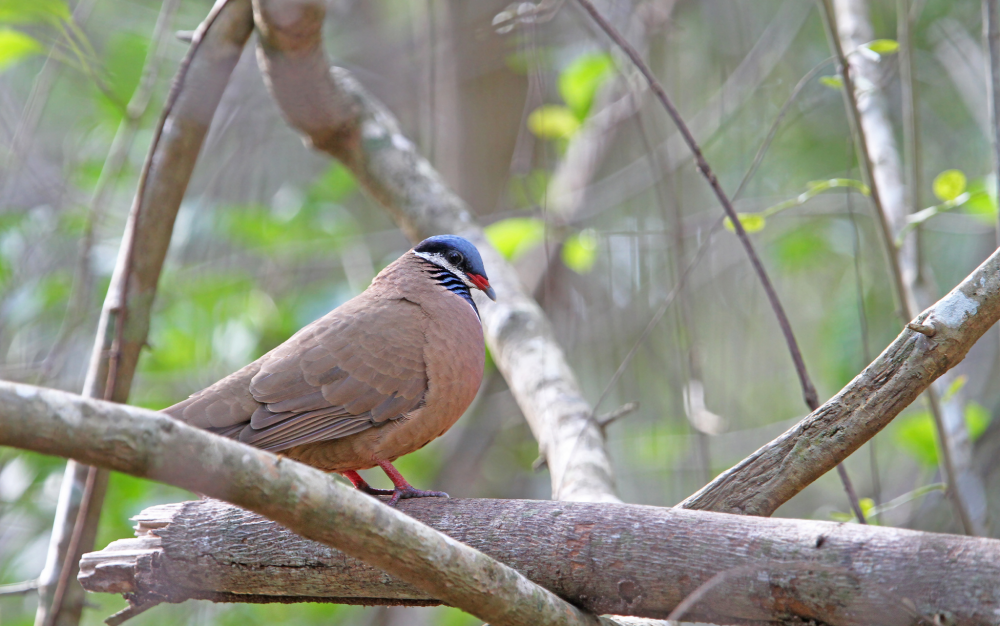In Cuba, you can find a beautiful dove that has a brown-feathered body topped with an iridescent blue head. It might not be the most elaborate in a world of fancy pigeons, but it is rather cute. Unfortunately, you might not find “the dodo of the Caribbean” in Cuba for long.
ADVERTISEMENT
New research has shown for the first time just how unique the blue-headed quail dove is, after sequencing its DNA to find that the situation for these animals is even more grave than previously realized. When they embarked on the study, the scientists behind it had no idea what they were about to find.
“This species [Starnoenas cyanocephala] has been an ornithological enigma for a very long time,” said lead author Jessica Oswald, Florida Museum of Natural History consultant staff affiliate, in a release. “We focused on this dove species because we were anticipating an odd result that may help us understand the complex biogeography of the Caribbean. We did not anticipate it being so unique from an evolutionary perspective relative to anything else.”
It had previously been thought that these birds were close relatives to the doves and pigeons in Central and South America, then this idea was thrown out in favor of Australasian doves and pigeons. The analysis has revealed that, in fact, neither assumption was correct, and that actually “this species is even more evolutionarily distinct than the dodo was,” explained Oswald. In case you weren’t aware, the dodo was also a kind of dove.

The blue-headed quail dove diverged from other doves 50 million years ago. That makes them old by anyone’s standards.
Finally doing the Scooby-Doo and revealing who this bird really was took so long because it’s hard to sequence the DNA of rare animals. You can’t exactly just go out and snatch yourself a fresh sample, and museum specimens are typically too old to get anything of worth. Fortunately, a shiny new technique saw success using a sample of a toe pad taken from a 1958 specimen, and the team received the good news that they had achieved what nobody before them had been able to do: sequencing the blue-headed quail dove’s DNA.
What that data has been able to tell us is that in the expansive dove family tree, this species appears to have emerged around 50 million years ago. For context as to how far apart that places it from other doves, humans and chimpanzees only separated around 5 to 6 million years ago. Suddenly 50 million sounds pretty ancient, huh? The blue-headed quail dove has survived on Earth ever since, but the way things are going, its story may soon be coming to an end.
“There are 1,000 mature individuals of this species left in Cuba,” said Oswald. “It is threatened by overhunting by people, habitat loss and invasive species like cats. It’s very much on the brink.”
ADVERTISEMENT
Hang on in there, you beautiful doves.
The study is published in the journal Biology Letters.
Source Link: "Dodo Of The Caribbean": Incredibly Rare Dove Teeters "On The Brink" Of Extinction